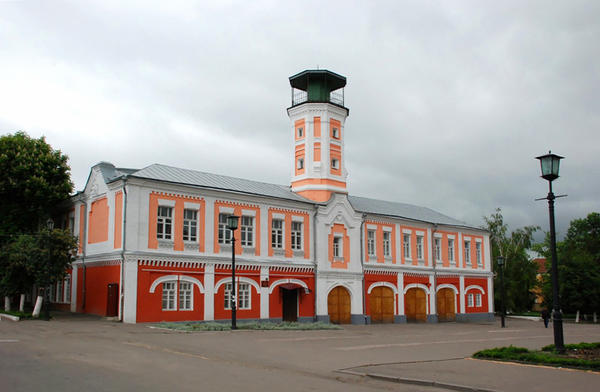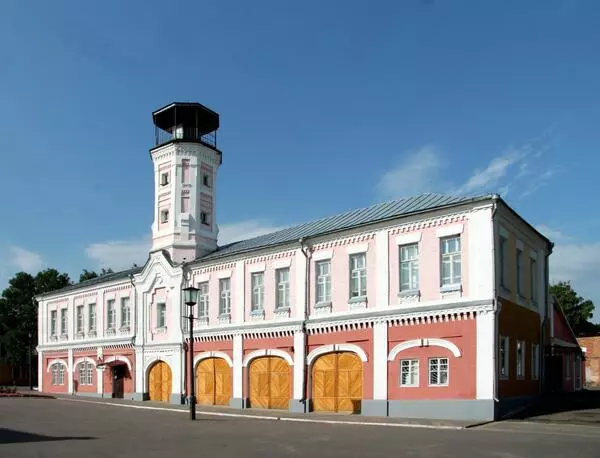The Ostrogozhsk Museum of History and Art named after Ivan Kramskoy is one of the oldest provincial art museums in Russia established upon public initiative in 1907. The museum is situated in the very center of the small town, on the bank of a river with a poetic name — the Tikhaya Sosna (the Quiet Pine).
The town of Ostrogozhsk in the Voronezh Region was founded in 1652 as a fortress of the Belgorod Defensive Line, to protect Russia from the raids of the Crimean Tatars and the Nogais. The fortress was constructed by Russian service class people and Ukrainian resettlers (Cossacks) under the supervision of Voivode Fyodor Arsenyev.
The museum was established over a hundred years ago, in 1907, when the Art Gallery named after Ivan Kramskoy was founded at the public library. In this way, local residents wanted to eternalize the memory of their fellow townsman and the great Russian painter. The event was timed to coincide with the 70th anniversary of his birthday and the 20th anniversary of his death.
Kramskoy was so highly respected as a distinguished painter, teacher, art critic, and public figure that everyone was eager to help, including his students and like-minded associates, the Academy of Arts, as well as other individuals, and public organizations. Particularly enthusiastic were the children of Ivan Kramskoy, especially his daughter Sophia Ivanovna Junker-Kramskaya.
In 1910, a second story was added to the 1880 firehouse building. The project was designed by the painter’s elder son — the architect Nikolay Kramskoy. On September 25, 1910, the gallery welcomed its first visitors in the new premises.
All work related to forming the gallery collection was voluntary. Therefore, the Kramskoy Art Gallery was the result of the contribution of the public at large, a truly collective and national heritage.
Nowadays, the museum is dedicated to two areas — local history and fine arts. The permanent exhibition is housed in 11 halls. Museum guests can visit the fire observation tower and admire the historical center of Ostrogozhsk with architectural monuments dating back to the 18th and 19th centuries.
The town of Ostrogozhsk in the Voronezh Region was founded in 1652 as a fortress of the Belgorod Defensive Line, to protect Russia from the raids of the Crimean Tatars and the Nogais. The fortress was constructed by Russian service class people and Ukrainian resettlers (Cossacks) under the supervision of Voivode Fyodor Arsenyev.
The museum was established over a hundred years ago, in 1907, when the Art Gallery named after Ivan Kramskoy was founded at the public library. In this way, local residents wanted to eternalize the memory of their fellow townsman and the great Russian painter. The event was timed to coincide with the 70th anniversary of his birthday and the 20th anniversary of his death.
Kramskoy was so highly respected as a distinguished painter, teacher, art critic, and public figure that everyone was eager to help, including his students and like-minded associates, the Academy of Arts, as well as other individuals, and public organizations. Particularly enthusiastic were the children of Ivan Kramskoy, especially his daughter Sophia Ivanovna Junker-Kramskaya.
In 1910, a second story was added to the 1880 firehouse building. The project was designed by the painter’s elder son — the architect Nikolay Kramskoy. On September 25, 1910, the gallery welcomed its first visitors in the new premises.
All work related to forming the gallery collection was voluntary. Therefore, the Kramskoy Art Gallery was the result of the contribution of the public at large, a truly collective and national heritage.
Nowadays, the museum is dedicated to two areas — local history and fine arts. The permanent exhibition is housed in 11 halls. Museum guests can visit the fire observation tower and admire the historical center of Ostrogozhsk with architectural monuments dating back to the 18th and 19th centuries.


